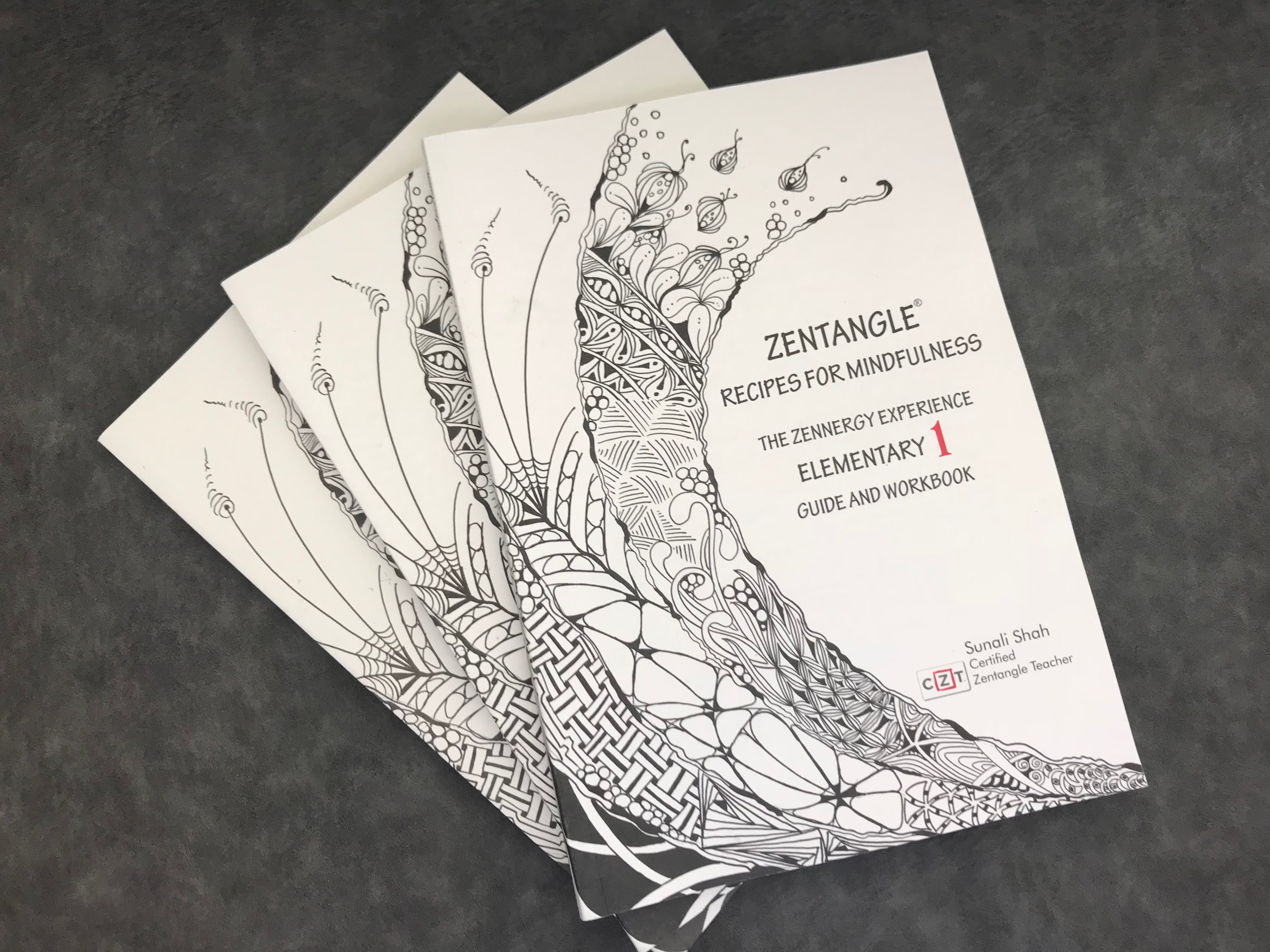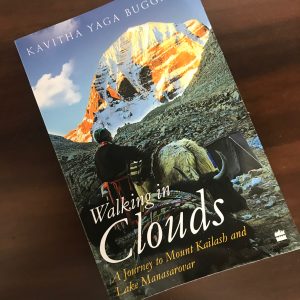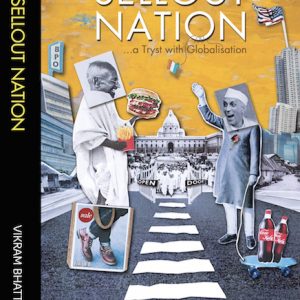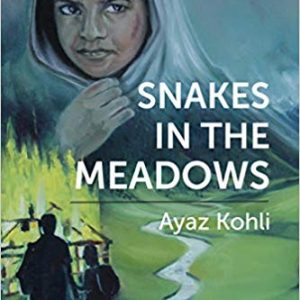Zentangle is a meditative art form. It is relaxing and easy to learn. It involves using structured patterns, and using them repetitively. These patterns are usually done on 3.5-inch square paper tiles. The repetition draws the mind into a “flow state”, thus leading towards mindful meditation.

Sunali Shah, a certified Zentangle teacher has just released a set of three books that teach this art form in a very simple step-by-step manner. She chats with Bookedforlife about her new book-set, Zentangle: Recipes for Mindfulness.
What are the benefits of Zentangle?
In today’s fast paced world, Zentangle helps all ages. Firstly, you have to understand that you don’t need to be an artist to draw on this simple 3.5-inch square paper tile. I have always believed, that ‘Anything is possible….one stroke at a time’. This process can de-stress and calm you. It reduces anxiety, fear and mental pressure. It brings about a positive and confident approach to life and improves your focus and concentration considerably.
So how is Zentangle different from let’s say, doodling?
Sometimes people will think the Zentangle method is like doodling because the results of each can look similar. The biggest difference between a doodle and tangle is that a doodle is generally aimless and random. One does it especially when preoccupied or to kill time. However, a tangle is structured and deliberate.
Moreover, doodling is usually a secondary activity. For instance, you may doodle while you are on the phone or bored during a meeting or class. Zentangle is both a primary activity, done with deliberate intent, and a secondary activity.

You have written an interesting series of books on Zentangle. These serve as introductory texts for anyone wanting to learn the form. What was your motivation behind the same?
I have been teaching the art of Zentangle for some time now. I get a lot of inquiries for my workshops conducted in Mumbai from people outside of Mumbai and even from other states of India. Initially, I took online sessions. However, these had their own limitations.
So, I thought of writing these books which would help me reach out to more people. People would also be able to learn at their pace. It also turns out more economical to learn from these books especially if one does not have time off from their busy schedules to come and learn through my workshops.
Can you share some experiences from your workshops?
The benefits of the workshops are that the students receive plenty of individual attention and support. They appreciate the positive, hands-on approach especially when it comes to understanding the finer points and nuances of tangling!
It is satisfying to see that the art has made a difference to the lives of people. A mother called me to speak about her very hyperactive 9-year-old son. He had been diagnosed with ADHD (Attention deficit hyperactivity disorder). Slowly, over a few sessions we could see that he calmed down and the results were seen in school.
Another instance that I recall concerns a 78-year-old. His motor skills were almost nil. He said he could not sign cheques! Over a few sessions his shaky hand started getting more steady. Of course, it was not a complete recovery but it was good enough to write his cheques and a little more.
My friend’s mother had cancer and she was extremely depressed after chemotherapy. I went to her 2 to 3 times a week and taught her tangling. She loves tangling now and makes a tile a day!

Can novices benefit from the books?
Yes of course! Anyone can try this art form. The instructions in my books are very easy to follow.

Can you share some of your future plans with respect to propagating the art of Zentangle?
The current set of books are the elementary series. I have already starting working on the Intermediate series. The Advanced series will follow as well.
Zentangle, as an art form has many benefits to offer. If you are keen to learn it, these books could be a great way to start this process of self-study. Are you ready to Zentangle?
Title: Zentangle: Recipes for Mindfulness.
Author: Sunali Shah
Genre: Art/ Self-help




